Now I know a lot of you will look at this recipe and be like ‘what? Chestnut flour! Where the hell am I am going to get chestnut flour from Jessica?’ Let’s just cover this straight away shall we? I picked up the flour to make this cake from my local health food store. It’s actually not that hard to find in health food stores, you just need to ask the staff if you are having issues finding it. Your next question will likely be, could you use another flour? Honestly, I wouldn’t bother. Usually I am all about adapting recipes but the chestnut flour is the core of this recipe. It has a natural nutty sweetness that pulls the cake together. Plus, messing with an Italian recipe is sacrilege.
In saying this, I did cross the line a little. I stayed true to the cake base, perhaps going a little heavier on the olive oil to create a more cake-y like finish than the super biscuity finish that is more common. I’ve honoured the rosemary and the pine nuts. However, using fresh grapes instead of raisons swayed me, as I loved the idea of them caramelising up as they cooked. I think an Italian would forgive me for this as its really a slight deviation right? But, I know I would be slapped down and given a stern word to over the use of pistachios. I’ve really broken the mould here with this so let me apologise to any purist out there first and foremost.
Castagnaccio is local to Tuscany. The combination of chestnut flour, extra virgin olive oil, salt and water are used in their simplicity to give a wonderfully easy cake full of natural ingredients that make Italian food so appealing to me. If you have been reading these posts for a while you would know that my hubby and myself have a love affair with Italy. If all goes well we will be spending our first white Christmas in Italy at the end of the year (fingers crossed this renovation of ours finely comes together).
In preparation we are taking bi-weekly Italian lessons with the most wonderful lady you could ever imagine. She has really helped us get to the core of understanding the language and has instilled in us the importance of learning the building blocks to take a true grasp of the language. One could always memorise the key words and phrases of course, but as soon as an Italian deviates from asking you something you understand from your phrase book you are screwed. Therefore, for us it’s back to basics with learning grammar all over again. Believe me, when one struggles to know a verb, noun and adjective in their own language learning a verb, noun and adjective in Italian is bloody hard!
I am constantly thrown by the ease of the language in same breath as the difficulty of it. So often words are just dropped and implied meaning a sentence can be so simplistic and easy. Then on the flip side the rules are always made to be broken. A rule applies 90% of the time for when it doesn’t. Then you just have to go with it because that ‘s just how it is. Then there is the gender thing. Everything (and I mean everything) in Italian is either female or male. This influences how something is referred to. A cat can be cat in four different ways of pronunciation. If its female its one name, if its male if its another. If its more than one female cat its another name and if its more than one male cat, yep another name again. Ones mind literally spins.
Often during our lessons I actually have a sensation like my neurons are hurting. You dig so far back into the corners of your mind looking for the right word that you are certain you know. Honestly, sometimes I think something might actually pop! Regularly I find the word as our teacher gestures charades at me to help, other times its like tumbleweeds.
I think my most favourite part of this process of late is taking everything we have learned and using it to write and build sentences. We then read them out to our teacher all proud like, watching her face trying to stay straight when what we are saying is so backwards. When you realise what you have said (and how jumbled up it is) it’s really quite hilarious. Of course she’s full of bravo’s and molto bene’s!, so we feel pretty chuffed, no matter how much we were totally off the mark.
When you make this cake, don’t expect a light and fluffy result. I know the images here will help convey that but I think this style of cake can really throw people. The cake is designed to show-case the chest nut flavour. For me its sweet enough as it is, for some of you it might be a cake that you choose to add a touch of maple to the batter. Castagnaccio is made to be served drizzled with honey, so please try this first, as the traditional way of eating really is quite wonderful.
castagnaccio (chestnut cake)
- serves
- serves 10
- preparation time
- 15 minutes
- cooking time
- 1 – 2 hours, depending on your oven
ingredients
- 300g chestnut flour
- 1/4 teaspoon sea salt
- 1/2 cup extra virgin olive oil + extra tablespoon for drizzling
- 2 1/2 – 3 cups of water, depending on your batter
- 150g grapes, picked off the stalks
- 2 tablespoons pine nuts
- 2 tablespoons pistachios, chopped
- 1 tablespoon roughly chopped fresh rosemary
- honey to serve (optional)
method
Preheat your oven to 190c fan forced. Grease and line a round cake tin or a flan dish with at least a 25cm base.
Start by combining the chestnut flour and salt in a large mixing bowl. Make a well in the middle and add in 2 1/2 cups of the water to start along with the 1/2 cup of extra virgin olive oil. Mix well with a wooden spoon or even a whisk if easier to bring to a batter. You are looking for a consistency similar to a pancake batter that runs off the back of the spoon. If you need to add more water add some from your remaining 1/2 cup, adding even more if you think you need it, as flours will vary.
Spoon out the batter into the lined baking dish or tin and smooth out with the back of a spoon. Now dress the top of the castagnaccio with the grapes, pine nuts, pistachios and rosemary. Finish by drizzling with the remaining extra virgin olive oil.
Place in the oven to cook for 1 – 2 hours, depending on your oven. I understand this is a varied cooking time but I find this cake is very dependent on your oven. Check the cake at the 45 minute mark. If it’s set in the middle then its good to go, otherwise keep it cooking and check every 2o minutes until cooked through. The cake will crack along the top once cooked and have a slight spring.
Once you are happy with the cooking time, remove the castagnaccio from the oven and allow to cool for 10 minutes. Remove carefully from the baking dish or flan tin and slice. Eat alone or ideally drizzled with honey.
nutritional information
- Chestnuts are naturally gluten free and FODMAP friendly. They are also quite naturally sweet and higher in monounsaturated and polyunsaturated fats than saturated. 1 cup of chestnuts provides around 5 grams of protein. Chestnuts are also high in vitamin C, B1, B6, potassium and manganese.
- Rosemary is quite a strong flavoured herb that is underused in sweet dishes. It marries perfectly with citrus flavours. Rosemary provides minerals such as iron and calcium. It also has antioxidant capacities that protect fish oils from oxidising. You will often see rosemary extract in with fish oil formulas for this reason. (Y, Ozogul, D. Ayas, H Yazgan, F Ozogul, E.K. Bogal, G.Ozyurt, 2010, The capability of rosemary extract in preventing oxidation of fish lipid, International Journal of Food Science and Technology).
Jessica Cox is a qualified practicing Nutritionist with a Bachelor Health Science (Nutrition) and over 15 years of clinical experience. She is the founder and director JCN Clinic, published author and established recipe developer. Jessica is well respected within health and wellness space for her no fad approach and use of evidence-based nutrition.

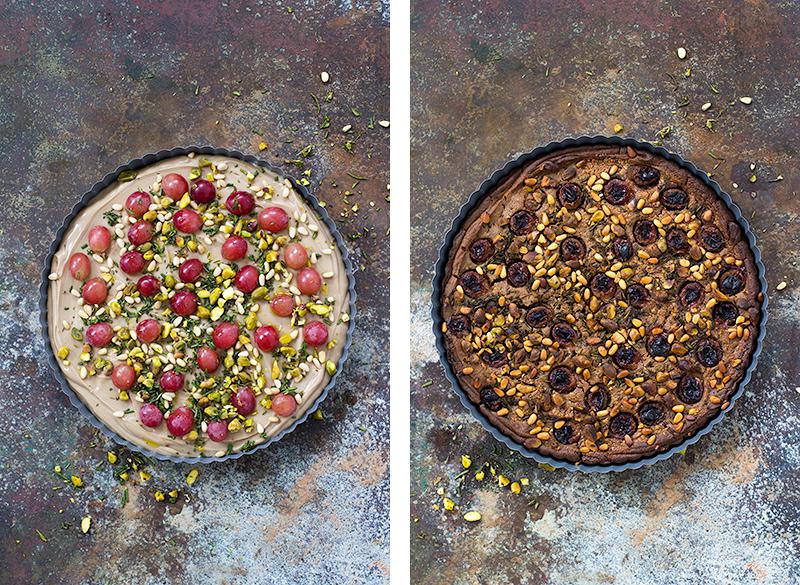
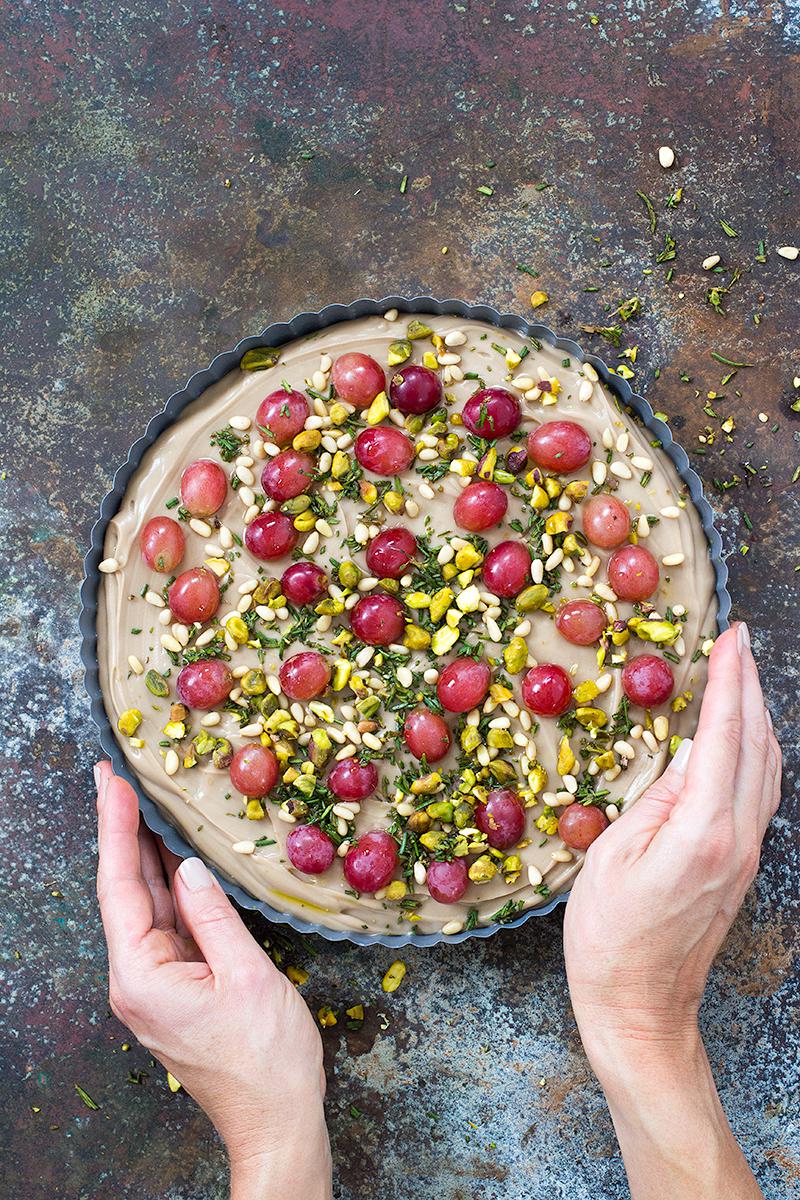
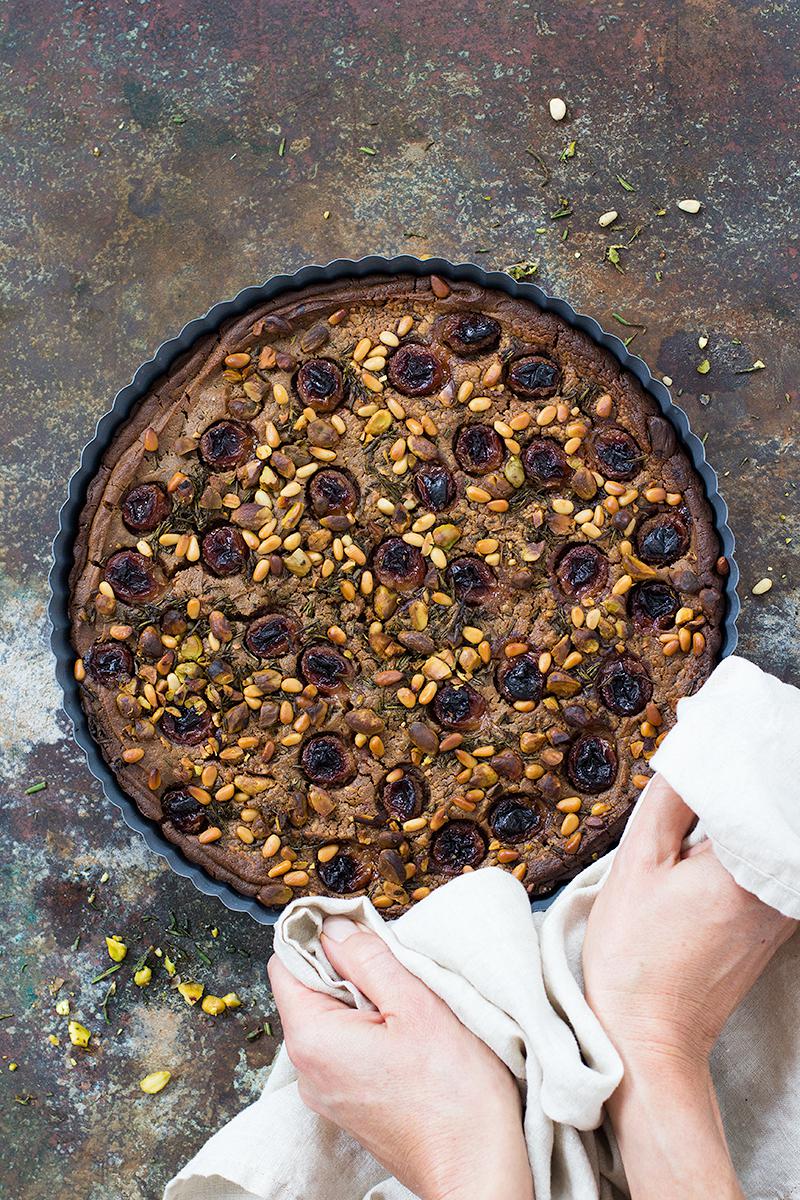
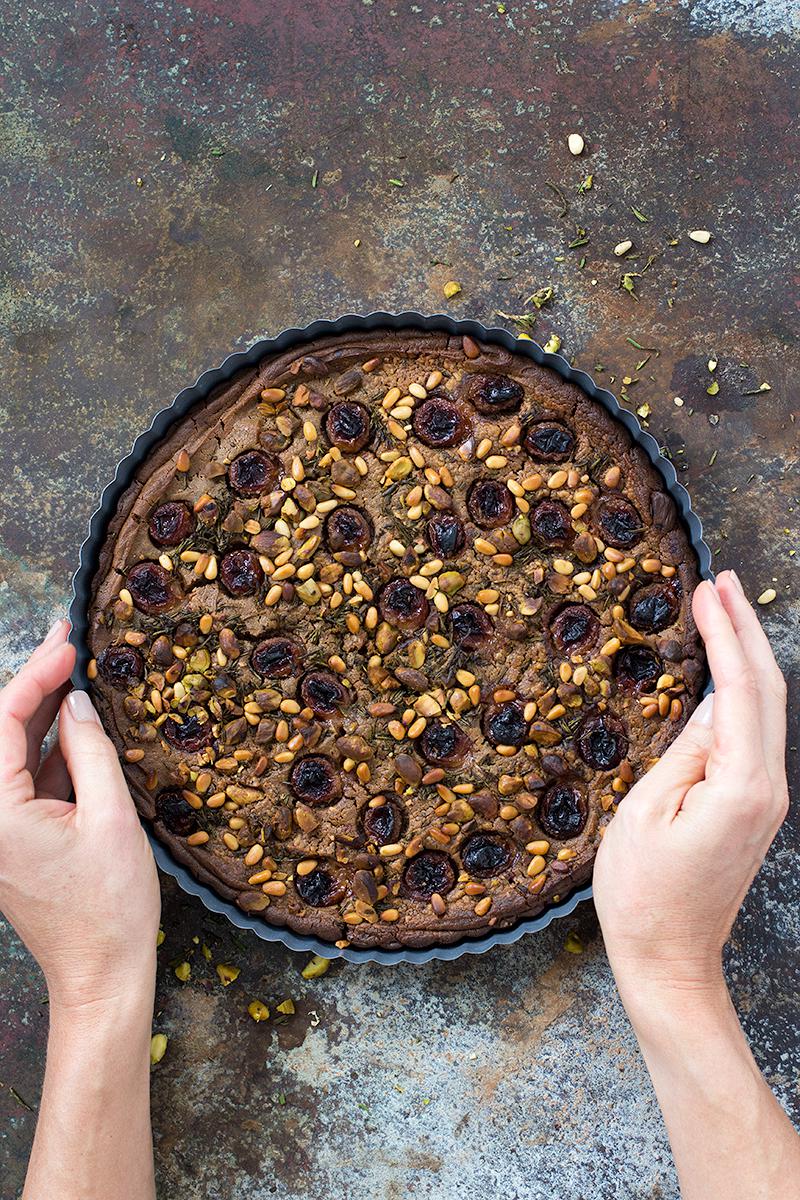
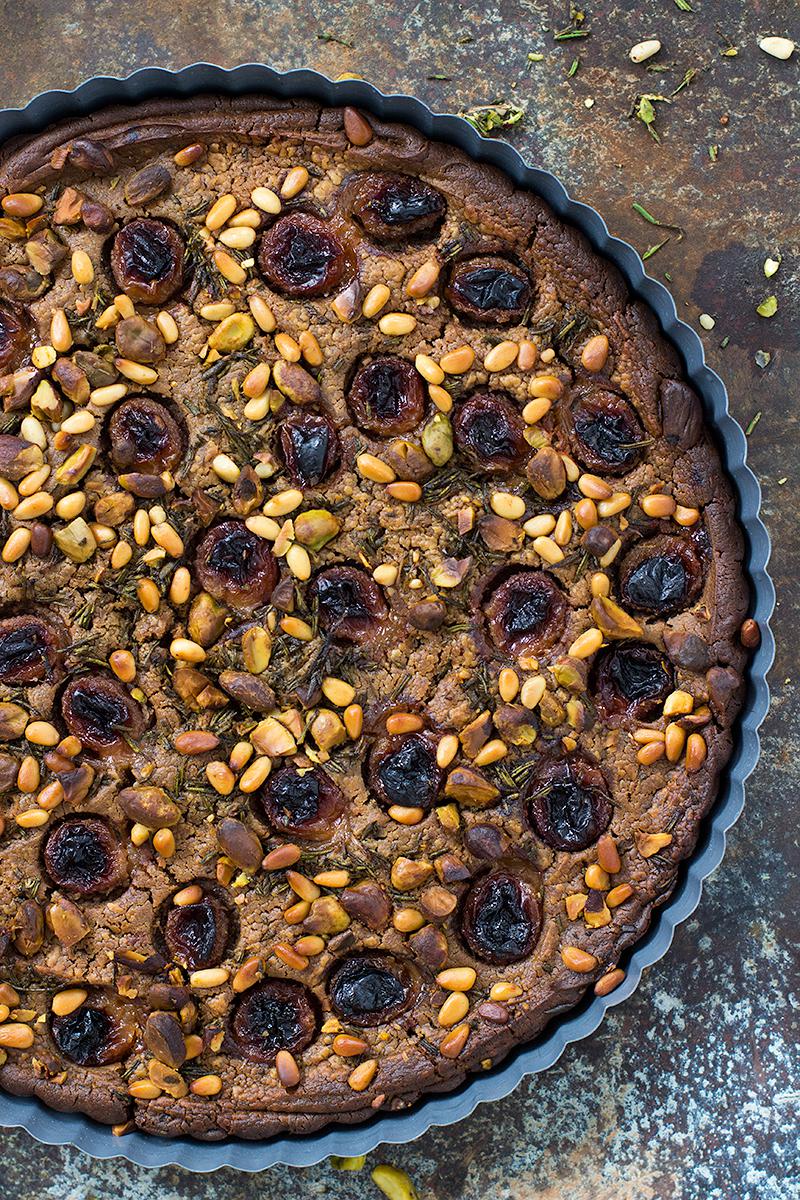
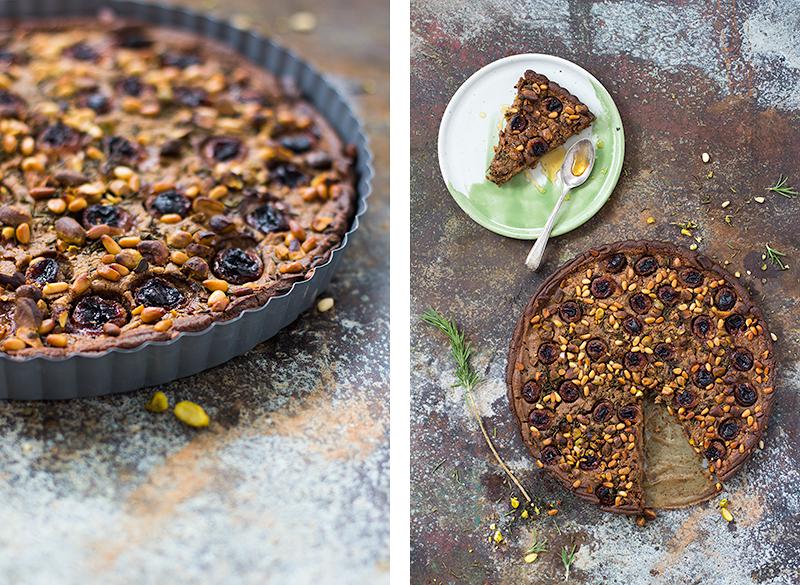
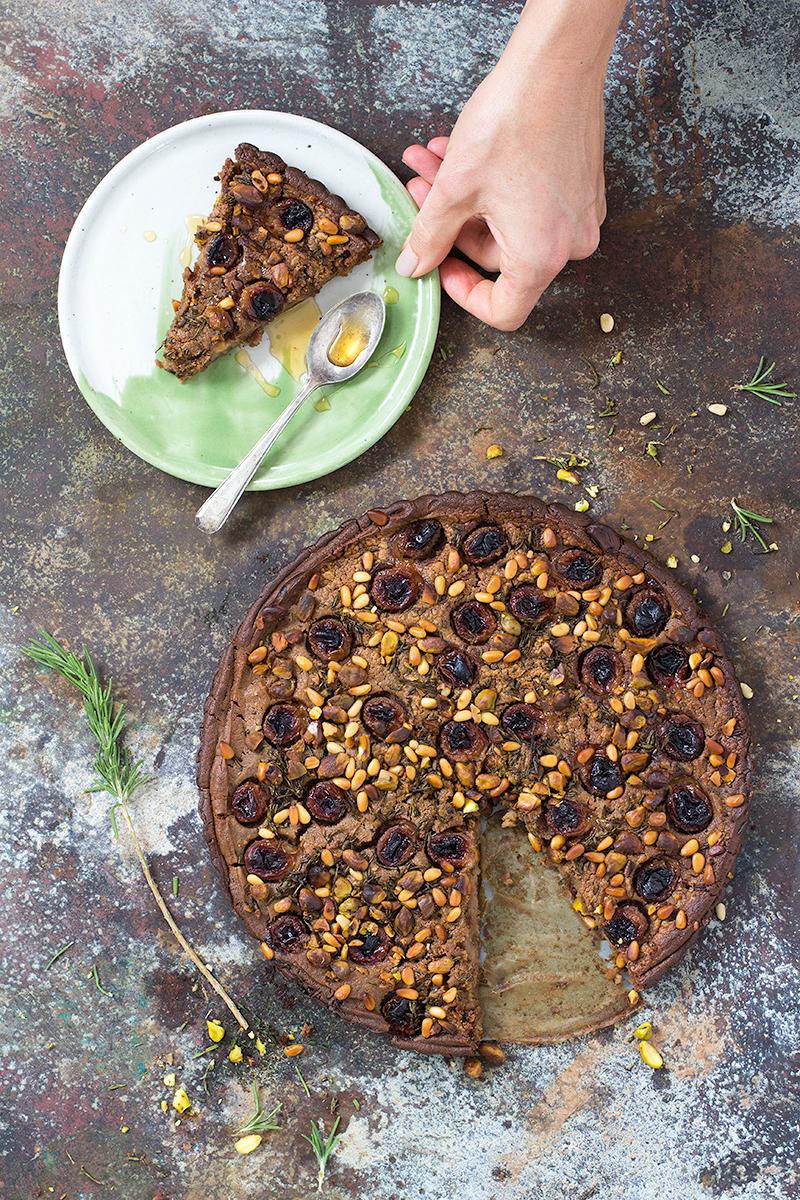
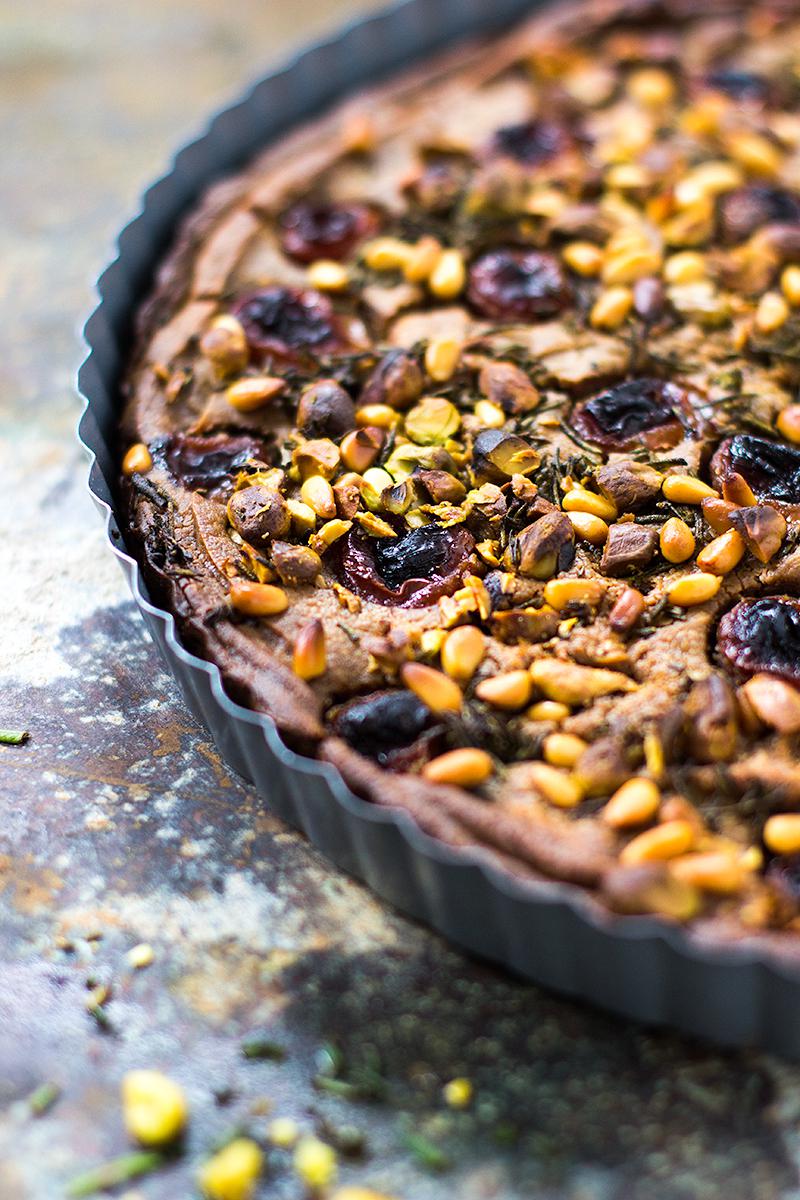
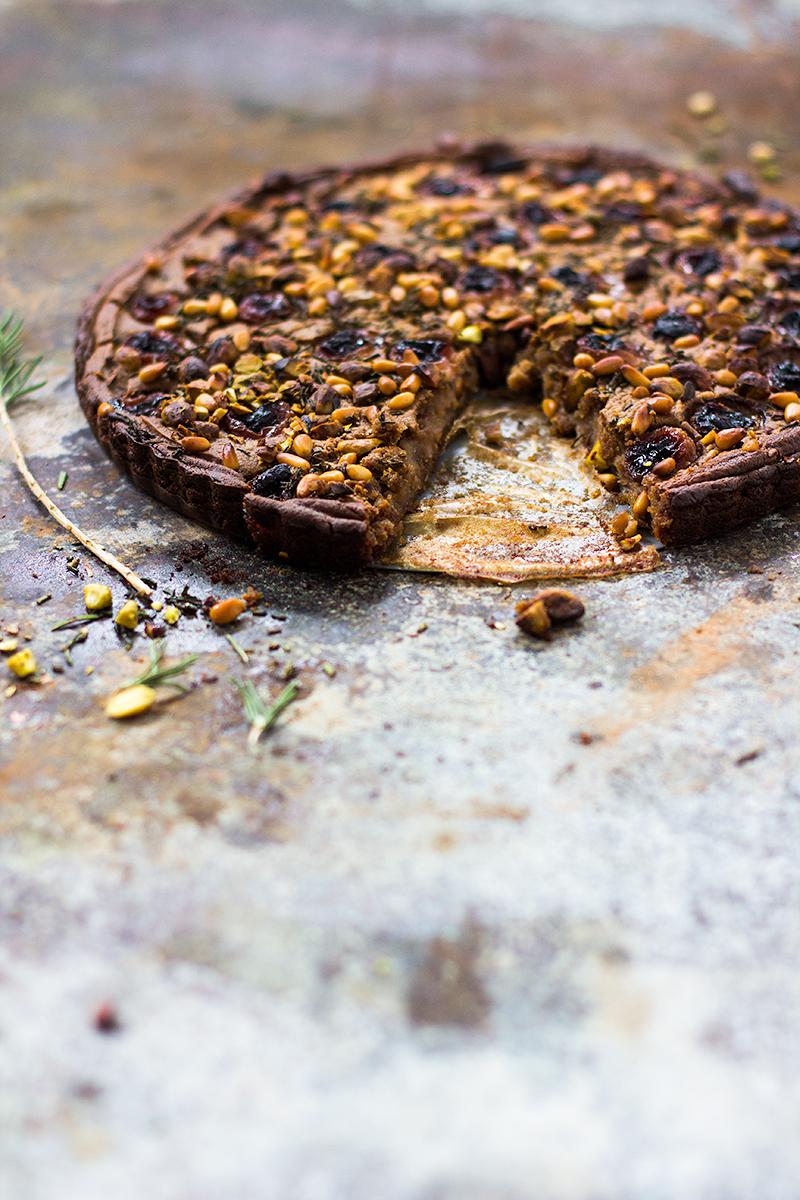




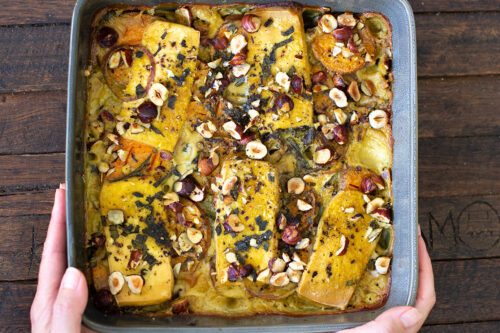
I’ve looked up chestnut flour and it’s high FODMAP, unlike chestnuts which are naturally low FODMAP. Can I use something other than chestnut flour?
I’ve generally not had issues with my clients reacting to chestnut flour from a fodmap perspective. In saying this, you could use buckwheat flour but it would not have the naturally sweetness of the chestnut flour. You could add a sweetener you tolerate to taste if you like.